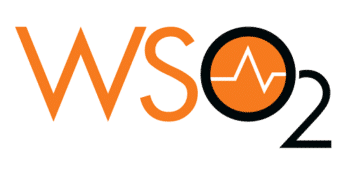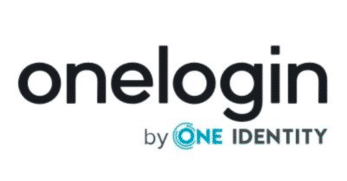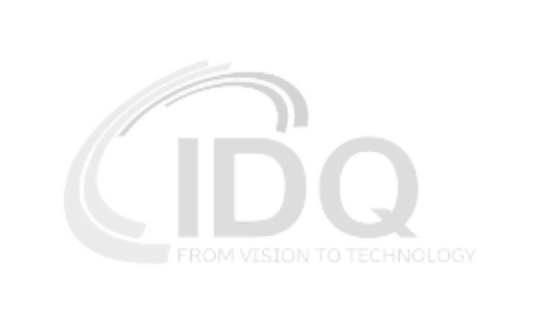Protect your digital ecosystem with intuitive security.
In our hyperconnected world, identity security emerges as a fundamental pillar. It constitutes the essential line of defense for the protection of sensitive data and compliance with regulations. SmartWave is committed to enhancing this security by meticulously managing access to digital resources based on user identity. This proactive approach is crucial for preserving the integrity and confidentiality of information within organizations.
Our services encompass the crucial domains of Access Management (AM), Identity Management (IDM), and Identity Governance and Administration (IGA). From defining governance to implementing technological solutions, we enhance access security while improving the user experience for employees, customers, or partners. IAM strengthens access to critical resources and aligns business processes with security best practices. Together, these services form a robust shield against internal and external threats faced by organizations.
Protection
Ensure the security of sensitive data and user privacy with the robust solutions we implement.
Compliance
Ensure your compliance with data protection regulations and minimize legal risks with our expertise in identity security.
Control
Precisely control who has access to what information, when, and where, thanks to advanced access management systems.
Efficiency
Manage access to resources efficiently and centrally, simplifying operations and enhancing security.
Trust
Build trust with your customers and partners by demonstrating a strong commitment to digital identity security.
Our Technologies

Access Management
Simplified Authentication, Enhanced Experience
Access Management, or access control, is a critical aspect of information system security. Its aim is to ensure that only authorized users have access to the appropriate IT resources at the right time.
It encompasses processes such as authentication (verifying a user’s identity), authorization (determining which resources a user can access), and auditing (monitoring resource usage to detect any suspicious activity).
Enhanced Security: Strengthens the protection of sensitive data by restricting access to authenticated users, minimizing the risk of information leaks.
Compliance: Facilitates alignment with regulatory standards through rigorous access management, ensuring compliant protection of personal and company data.
Productivity: Optimizes business processes by providing fast and secure access to necessary resources, eliminating delays caused by inefficient access procedures.
Traceability: Improves user activity monitoring and auditability with detailed logs, enabling rapid detection of unauthorized access or suspicious behavior.
Centralized Control: Simplifies access rights management through a unified platform, reducing the complexity of access-related issues within the organization.

Identity Management
Consistency and Control of Enterprise Identities
Identity Management, or IDM, is a cybersecurity discipline that deals with identifying individuals within a system (such as a country, a company, or an application) and controlling their access to resources within that system.
This process includes tasks such as creating identities for new users, managing access rights for existing users, and disabling accounts for users who have left the system. It is crucial to ensure that the right people have the right access to the appropriate resources.
Lifecycle Management: Effectively manages the lifecycle of identities for new hires, changes, and departures of employees, ensuring access to resources only when authorized.
Streamlined Management: Reduces administrative overhead, streamlining access management and saving significant time and effort.
Regulatory Alignment: Ensures perfect alignment with privacy and data protection standards, facilitating regulatory compliance.
Efficient Automation: Optimizes performance by enabling automated account provisioning and role-based access control.
Role-Based Access: Grants users appropriate access to resources based on their roles from the moment they start their positions.

Identity Governance and Administration
Risk Management for Identities
Identity Governance and Administration (IGA) refers to the set of processes for managing digital identities and access within an organization. It includes tasks such as defining access policies, administering digital identities, ensuring compliance with regulations, and reducing security risks. IGA enables the secure and compliant management of user identities and their access to information systems.
Separation of Duties (SoD): Ensures that each individual within the organization has only the necessary rights for their work to prevent any fraud, even intentional.
Access Recertification: Ensures at any time that each person no longer has rights inherited from the past that are not necessary for their daily work.
Report Analysis: Provides an overall view of users and their access through the generation of customized and optimized reports.
Regulatory Compliance: Allows companies to navigate confidently through regulatory requirements thanks to access management perfectly aligned with current standards.
Risk Management: Reduces the exposure of sensitive data by strictly limiting and protecting access, thus reducing risks.











